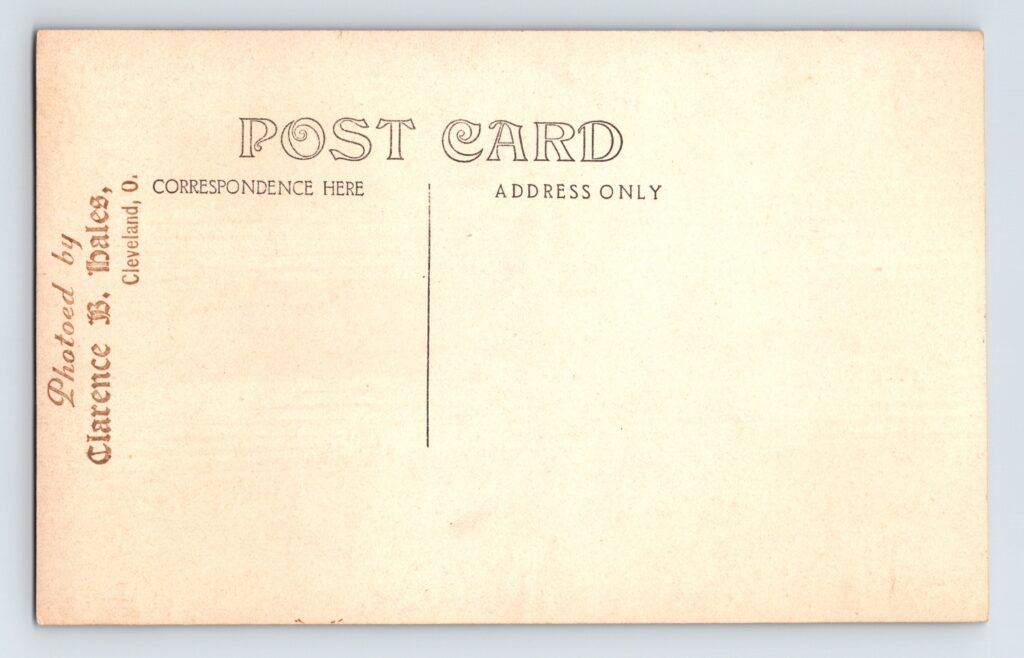
Imagine a modest storefront with a large glass window displaying rows of hanging carcasses, their rich hues of red and brown catching the sunlight. Step inside, and the first thing you’ll notice is the pungent scent of blood and spices, mingling with the earthy aroma of sawdust. The shop is filled with the tools of the trade: gleaming cleavers, sharp knives, and heavy chopping blocks.
The butcher, a strong and skilled craftsman, stands behind the counter, his apron stained with blood and his hands calloused from years of hard work. He greets customers with a warm smile and a friendly chat, his voice booming over the din of the shop.
The turn-of-the-century butcher offered a wide variety of meats, all freshly slaughtered and prepared on-site. Beef, pork, lamb, and veal were the staples, along with poultry and game birds like duck and pheasant. Each cut was meticulously trimmed and displayed with care, showcasing the butcher’s expertise and the quality of the meat.
In addition to fresh cuts, butchers also offered a range of cured and smoked meats, such as bacon, ham, and sausages. These were prized delicacies, adding a touch of luxury to everyday meals.
The butcher shop was more than just a place to get meat; it was a community hub where people gathered to share news, gossip, and recipes. The butcher knew his customers by name and their preferences, and he took pride in providing them with the best possible service.
The shop was also a place for young apprentices to learn the trade, working alongside the master butcher and observing his every move. These apprentices would eventually grow into butchers themselves, carrying on the tradition of providing their communities with high-quality meat.
The turn-of-the-century butcher shop was a dying breed, as the rise of large-scale meatpacking plants and supermarkets led to the closure of many small businesses. However, the memory of these shops lives on, a testament to a time when food was more personal and the butcher was an integral part of the community.


Leave a Reply